Govt move runs counter to STP
The road transport and bridges ministry's move to allow 5,000 more CNG-run auto-rickshaws on the city roads runs counter to the Strategic Transport Plan (STP) for Dhaka that holds small vehicles largely responsible for traffic congestion.
Moreover, the sudden move does not go with the spirit of a law made in 2012 to set up the Dhaka Transport Coordination Authority. The law puts the onus on the authority to take measures in planned and coordinated way to build a better transport system for the capital. And according to the law, DTCA should consider STP of 2008 to do the job.
The ministry has sought opinion of the DTCA along with the traffic police and the city corporations on its move. The road transport and bridges minister himself is the chief of the DTCA.
So, in this case, won't it be a conflict of interest if the minister presides over the DTCA meeting to seek its opinion on issuance of new license for CNG-run auto-rickshaws?
The Traffic Division of Dhaka Metropolitan Police, in its opinion sent to the ministry, has opposed the move as it thinks allowing more CNG-run auto-rickshaws may worsen the traffic congestion.
They are in favour of increasing public transports as it says one small vehicle carries 1 to 2 passengers while a bus can carry 40-50 people.
By arguing that four to six CNGs or private cars occupy the space of one bus, the traffic department has proven that it is justified in its opposition to new CNGs. Their position is also in conformity with the STP.
Now, it is the turn of the DTCA to come up with its recommendation. Mayors of the two Dhaka city corporations are also member of the authority alongside other senior officials. What will be the opinion of the DTCA?
The ministry yesterday, however, claimed that it has taken the move following an order of the High Court.
It came up with the claim in a rejoinder to a report on Tuesday in The Daily Star under the headline "Public bus, not auto-rickshaw." The ministry did not refute any fact of the report.
Regardless of its fate, this move however speaks about the ground reality-- everything is here against smooth flow of traffic and in favour of perennial traffic congestion in the capital city.
The government has been making many efforts to improve the traffic system. There is no scarcity of plans, mega projects and expenditure of thousands of crores of public money to implement those projects. All are aimed at freeing the capital city from gridlock.
At the same time, mismanagement, lack of coordination and corrupt practices exist in the government departments concerned. This has allowed impunity to some transport owners associations, in collaboration with political leaders, to run unfit buses without paying heed to public sufferings.
In recent years, Banani Rail Crossing Flyover, Kuril Flyover, Mirpur-Airport Link Road and President Zillur Rahman Flyover, Mayor Hanif Flyover and the newest Moghbazar-Mouchak Flyover have been constructed. The Hatirjheel project was also implemented creating lake and express roads, bridges and walkways.
Some more mega projects like construction of elevated expressway and metro rail are in the works for the future.
Construction of new flyovers is benefiting city dwellers to some extent. Overall traffic situation has not improved. Instead, more than 300 new vehicles hit the city roads every day.
In this situation, instead of introducing more public buses, the ministry is favouring allowing more CNG-run auto-rickshaws to add to the current number of around 20,000. This move, if implemented, will worsen traffic congestion without helping commuters in the city.
Transport experts have long been advocating for modernising the public transport system. Various studies have supported their opinions.
But reality is going the other way. Available information say by 2014, the number of public buses have not increased. Number of private cars has doubled from under 97,000 to a staggering 192,000. Buses now occupy no more than 20 percent of road space and private cars in excess of 60 percent.
All these portray a chaotic picture and poor running of the transport system of the city, which is the heart of the country's economy. Therefore, economic growth will be hampered if the heart-city continues suffering from perennial traffic problems.
The government's efforts to reduce traffic congestion may not yield positive results until the public transport system is improved and use of small transport vehicles are discouraged.
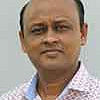
 For all latest news, follow The Daily Star's Google News channel.
For all latest news, follow The Daily Star's Google News channel. 



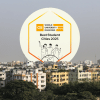
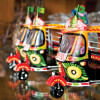
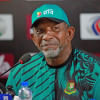

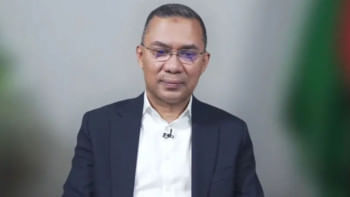
Comments